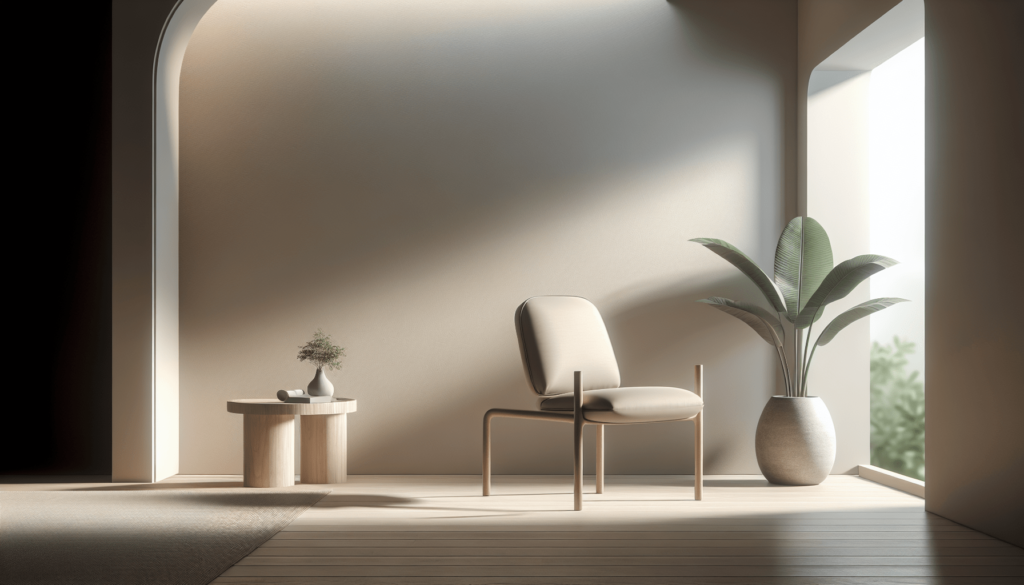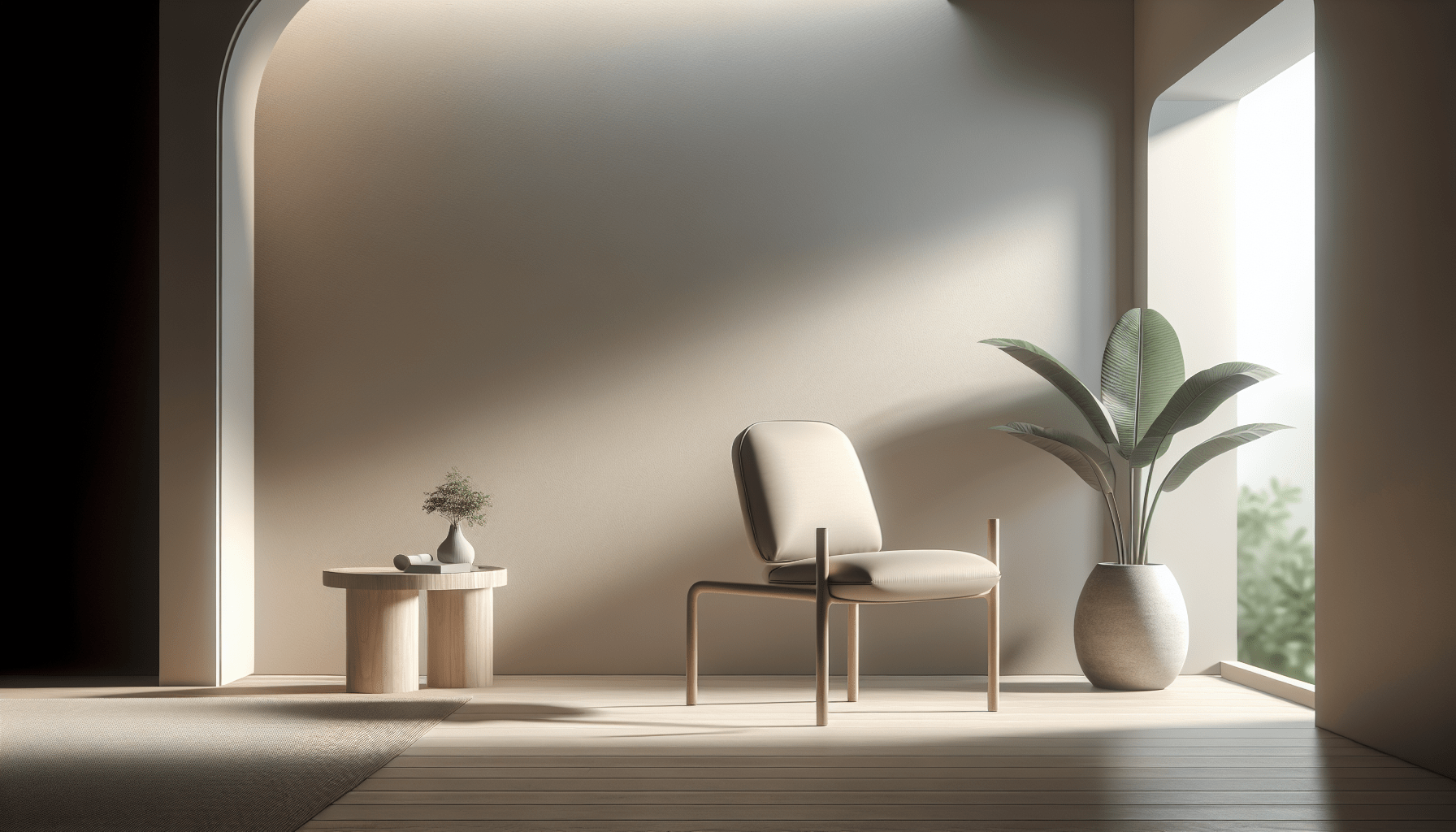Have you ever stepped into your living room, only to be met with sneezing, itchy eyes, or a general feeling of discomfort? You might have the furniture to blame. Selecting the right hypoallergenic furniture for your living room can significantly enhance your comfort and health. This guide aims to help you find furniture that is not only stylish but also minimizes potential allergens.

Understanding Hypoallergenic Furniture
Choosing hypoallergenic furniture involves selecting materials and designs that reduce the presence and collection of allergens. These allergens might include dust mites, pollen, pet dander, or mold, which can hide in the fabrics and structures of your furniture. Understanding what makes furniture hypoallergenic is the first step in creating a healthier living space.
What Does Hypoallergenic Mean?
Hypoallergenic refers to something designed to minimize the risk of allergic reactions. For furniture, this involves using materials and designs that resist the accumulation of common allergens. While no product can be completely free from allergy-causing substances, hypoallergenic furniture is crafted to significantly reduce exposure.
Common Allergens Found in Furniture
Before diving into choices, recognizing the common allergens that might lurk in your furniture is useful. Dust mites, pet dander, and mold are the primary culprits. These can nestle into fabrics, cushions, or even the wood structures of your furniture, making it essential to choose items wisely.
The Impact of Allergens on Health
Exposure to allergens can lead to various health issues, ranging from minor annoyances like sneezing and itchy eyes to more severe conditions such as asthma attacks. Understanding these health impacts highlights the importance of selecting furniture that limits allergen exposure.
Selecting Hypoallergenic Materials
Choosing the right materials for your furniture is crucial in creating a hypoallergenic environment. Some materials naturally resist allergens, while others can exacerbate the problem. Here’s what you need to know about material selection.
Hardwood vs. Upholstered Furniture
When considering furniture, hardwood is often a healthier choice compared to upholstered options. Hardwood surfaces do not harbor dust mites or pet dander as readily as fabrics do. If you prefer the comfort of upholstered furniture, look for those with hypoallergenic fabrics.
| Material Type | Allergen Resistance | Maintenance Ease | Comfort Level |
|---|---|---|---|
| Hardwood | High | Moderate | Firm |
| Upholstered | Low, unless specified | High | High |
Fabrics to Consider
Some fabrics are particularly suited for hypoallergenic needs. Leather, microfiber, and tightly woven synthetic fibers are among the best options. These materials are less likely to trap allergens and are generally easier to clean.
Microfiber
Microfiber is a synthetic fabric known for its hypoallergenic properties. It’s tightly woven, which helps prevent dust mites and other allergens from penetrating the material. Additionally, it’s easy to clean, making it a practical choice for allergy sufferers.
Leather
Leather is another excellent choice for hypoallergenic furniture. It is smooth and non-porous, which makes it less likely to trap allergens. Although leather might feel cooler against the skin, it can also add a sophisticated look to your living space.
Avoiding Certain Materials
It’s wise to steer clear of certain materials if you’re aiming for a hypoallergenic environment. Fabrics like wool or chenille can trap allergens easily and are generally harder to clean. Also, avoid feather fillings in cushions since they can harbor dust mites.
Design Considerations for Hypoallergenic Furniture
While materials play a significant role, the design of your furniture can also impact its hypoallergenic qualities. Open designs and simple lines can help in reducing allergen accumulation.
Choosing Minimalist Designs
Minimalist designs are beneficial as they typically feature fewer surfaces where dust and allergens can accumulate. Flat surfaces without excessive grooves, ridges, or crevices are preferable as they make cleaning easier and more effective.
Open Frameworks
Furniture with open frameworks, like metal shelving or tables with hollow legs, allows for better air circulation and less surface area for dust accumulation. This style not only keeps the allergens at bay but also adds a contemporary aesthetic to your space.
Avoiding Tufted and Complex Designs
While tufted designs might look appealing, they can harbor dust and allergens in the nooks and crannies. Opt for smooth, flat surfaces that are easier to wipe down. This makes maintenance simpler and your environment healthier.
Maintenance Tips for Hypoallergenic Furniture
Even the most hypoallergenic furniture requires regular maintenance to remain effective. Keeping your furniture clean prevents the buildup of allergens and extends its life.
Regular Cleaning
Implement a regular cleaning schedule for your living room furniture. Vacuuming upholstered items weekly and dusting hard surfaces can greatly reduce allergen accumulation. Use a vacuum with a HEPA filter for enhanced efficiency.
Using Allergen-Reducing Treatments
Consider treating your upholstery with allergen-reducing products. These treatments can neutralize allergens on contact and are available in spray form for easy application. They add an extra layer of defense against allergen build-up.
Employing Protective Covers
Using protective covers on your furniture can help keep allergens at bay. These covers, often made from hypoallergenic materials, can be easily removed and washed, providing a simple way to maintain a clean environment.

Additional Tips for a Hypoallergenic Living Room
Creating a hypoallergenic living room involves more than just furniture selection. A few additional tips can help maintain a healthier environment in your home.
Effective Air Filtration
Invest in a high-quality air purifier equipped with a HEPA filter. These purifiers can capture small particles, including pollen, pet dander, and dust mites, effectively improving your indoor air quality.
Managing Humidity Levels
Controlling humidity is crucial in preventing mold growth and dust mite proliferation. Aim to keep your home’s humidity below 50% using a dehumidifier if necessary. This simple step can greatly reduce allergen presence.
Encouraging Natural Ventilation
Ensure your living room is well-ventilated by regularly opening windows to allow fresh air circulation. Good ventilation helps dispel airborne allergens and maintains a pleasant atmosphere.
Choosing Hypoallergenic Flooring
Consider your flooring as well. Hard surfaces like wood, laminate, or tile are less likely to harbor allergens compared to carpets. If you prefer carpets, opt for low-pile versions and clean them thoroughly and frequently.
Making Informed Choices
Selecting hypoallergenic furniture is about making informed choices that align with your health needs and lifestyle preferences. While health is a priority, style shouldn’t be compromised. Fortunately, the market offers a wide range of hypoallergenic furniture that provides both comfort and aesthetic appeal.
Balancing Health and Aesthetics
While prioritizing your health is essential, choosing pieces that match your aesthetic preferences can provide the comfort and satisfaction you desire in your living space. Look for furniture brands that offer stylish designs while emphasizing hypoallergenic features in their products.
Seeking Expert Advice
If selecting hypoallergenic furniture seems daunting, consider consulting with an expert or interior designer knowledgeable about allergen-free living. They can offer personalized advice based on your specific circumstances and needs.
Investing in Quality
Investing in high-quality hypoallergenic furniture might come with a higher initial cost, but it pays off in the long run. Quality furniture tends to last longer, offers more effective allergen resistance, and ultimately contributes to a healthier living environment.
Conclusion
Living comfortably in your own home should be free from the worries of allergens causing discomfort. By selecting the right hypoallergenic furniture and maintaining it properly, you can create a living room that is not just aesthetically pleasing but also healthier. Remember, a few mindful choices today can lead to a significant improvement in your overall well-being. Through thoughtful selection and care, your living space can become a sanctuary where style and health coexist seamlessly.
